When Good Methods Go Bad: The Ghost Peak Problem Haunting Your LC-MS
Water contamination causes 60-70% of unexplained ghost peaks in LC-MS.
5 min read
By Byron Druss and Paul Nedwick : Jul 14, 2025 12:12:55 PM
.jpeg)
Your ICP-MS system cost hundreds of thousands of dollars. Your sample prep is meticulous. Your calibration standards are traceable. But there's one component that could be sabotaging every result you generate: your ultrapure water (UPW).
ICP-MS analysis demands the highest water purity standards—even trace contaminants invisible to standard conductivity measurements can destroy your data integrity. Here's why your Type I water might not be as pure as you think, and what it's costing you.
The ICP-MS Contamination Problem: Why Regular UPW Falls Short
Standard UPW monitoring focuses on electrical conductivity—measuring ionic contaminants. But ICP-MS faces a different enemy: molecular and polyatomic interferences that slip past conductivity sensors.
Carbon-based polyatomic ions (CO+, CN+, CH+) interfere directly with target elements. Even 50 µg/L total organic carbon—within ASTM Type I specifications—can generate enough polyatomic species to mask your analytes.
Chloride contamination creates devastating interferences. ArCl+ interferes with arsenic (As75+). ClO+ and ArH+ interfere with chromium isotopes. Just 1 µg/L chloride—the ASTM Type I limit—can render low-level arsenic analysis impossible.
ICP-MS systems are notorious for carryover between samples. Contaminated wash water doesn't just affect the current analysis—it creates persistent background signals that take dozens of rinse cycles to eliminate.
Organic contaminants are particularly stubborn. They adhere to sample introduction systems, creating unpredictable background drift. Your calibration curve looks perfect, but your samples are riding on a contaminated baseline.
Every contaminant in your water becomes background noise in your spectrum. This directly degrades your method detection limits (MDLs).
Inorganic ions from insufficient deionization create direct spectral overlaps. Organic molecules fragment in the plasma, creating unexpected mass peaks that overlap with your target analytes.
The result? MDLs that should be in the ng/L range climb to µg/L levels. Your method validation fails regulatory requirements.
Immediate costs hit first:
Long-term financial damage grows exponentially:
Conservative estimates show contamination events cost labs $15,000-50,000 per incident when including all downstream effects.
Lab analysts build careers on data integrity. When contamination creates false positives or masks true contamination, your professional credibility takes the hit.
Regulatory agencies don't accept "water quality issues" as excuses for failed compliance testing. Client relationships deteriorate when deliverables are delayed or data requires extensive explanation.
Internal credibility suffers when other departments lose confidence in your analytical capabilities. Project timelines get padded with "analytical uncertainty buffers" that reflect poorly on lab efficiency.
Contamination rarely announces itself clearly. Instead, you notice subtle data anomalies:
Each anomaly triggers investigation. Sample re-preparation. Method validation checks. Instrument maintenance. What should be 4 hours of analysis becomes 40 hours of troubleshooting.
The labor cost multiplies when you consider analyst time, supervisor involvement, and delayed reporting. Rush sample fees disappear into overtime costs.
Environmental compliance testing operates on regulatory deadlines. Product release testing follows manufacturing schedules. Research projects march toward grant milestones.
When ICP-MS results get delayed, entire project timelines shift. Manufacturing lines wait for product release approvals. Environmental permits face extension requests. Research publications miss submission deadlines.
The ripple effect extends far beyond the analytical lab. Project managers start building "analytical contingency time" into schedules—a direct reflection of lost confidence in lab reliability.
ISO 17025 compliance requires demonstrating analytical control. Water contamination events create documentation nightmares. Method validation data becomes questionable. Proficiency testing results may require investigation.
Regulatory approvals (EPA, FDA, state agencies) scrutinize analytical methods. Contamination events in your data package trigger reviewer questions, delays, and potential method rejection.
Client certifications depend on analytical reliability. When water quality issues compromise results, certification timelines extend while you rebuild confidence in your analytical systems.
The solution isn't more expensive instrumentation—it's systematic water system maintenance. Regular filter replacement, UV lamp monitoring, and comprehensive testing protocols prevent contamination events before they impact your analyses.
Preventive maintenance costs measured in hundreds of dollars prevent contamination events costing tens of thousands. Your ICP-MS investment deserves water purity that matches its analytical capabilities.
Proper ICP-MS lab water system maintenance—including regular consumable replacement, comprehensive monitoring, and proactive sanitization—eliminates these costly contamination scenarios. The most sophisticated analytical instrumentation can only be as reliable as the water that feeds it.
Frequently Asked Questions
Watch for subtle performance shifts rather than obvious failures. Rising background equivalent concentrations (BECs) across multiple elements signal contamination. Calibration curves showing decreased linearity or increased y-intercepts indicate interference buildup. QC sample recoveries drifting outside normal ranges—even if still within acceptance criteria—often precede major contamination events.
Daily monitoring of rinse blank signals provides early warning. If your rinse blanks show increasing signals for common interferents (masses 35, 37 for chloride; masses 12, 13 for carbon species), investigate immediately. Prevention costs hours; remediation costs weeks.
Standard conductivity monitoring isn't enough for ICP-MS. Total Organic Carbon (TOC) becomes critical—target <10 µg/L for trace element work, well below the 50 µg/L ASTM Type I specification.
Chloride levels demand aggressive monitoring. Even 0.5 µg/L can create arsenic interferences. Silica contamination affects high-resolution instruments. Bacterial counts matter because biofilm formation creates organic contamination and particulate shedding.
Weekly comprehensive testing should include TOC, chloride, silica, and bacterial counts. Daily conductivity and TOC spot-checks catch developing problems before they impact analyses.
The math is straightforward: contamination events cost $15,000-50,000 each. System upgrades typically cost $20,000-60,000. If you experience more than one contamination event per year, upgrading pays for itself immediately.
But consider hidden costs of current contamination: extended analysis times, padded project schedules, lost client confidence, and analyst overtime. Most labs underestimate these impacts by 3-5x.
Preventive investment also improves daily operations. Better water quality means tighter precision, lower detection limits, and faster sample throughput. Your ICP-MS performs as designed rather than fighting contamination.
Stop sample analysis immediately—don't generate more questionable data. Switch to backup water if available, or source ultra-high purity water temporarily while investigating.
Document everything: recent maintenance, environmental changes, unusual observations. Run method blanks and QC samples with suspected and known-good water side-by-side. This creates the evidence trail needed for root cause analysis.
Check consumables first: UV lamps, filters, and resin beds are common failure points. Review recent activities: Has building water pressure changed? New cleaning chemicals introduced? Maintenance performed on building systems?
Don't restart sample analysis until you've identified and corrected the contamination source. One day of investigation prevents weeks of result questioning.
ICP-MS demands more aggressive maintenance than general analytical chemistry. UV lamps need replacement every 8,000 hours instead of annual schedules. Filter changes should be based on quality monitoring and to include calendar schedules not to exceed one year.
Monthly comprehensive testing including bacterial counts, endotoxins, and trace organics catches problems early. Quarterly system sanitization prevents biofilm buildup that creates ongoing contamination.
Keep detailed maintenance logs correlating consumable replacement with water quality trends. This creates predictive maintenance schedules optimized for your specific usage patterns and water source quality. Proactive maintenance scheduling prevents emergency situations that disrupt critical analytical timelines.
Discover the CLïR lab water system best suited for your application.
Want to learn more about the ins and outs of water treatment? Subscribe to this blog and we'll keep you posted.
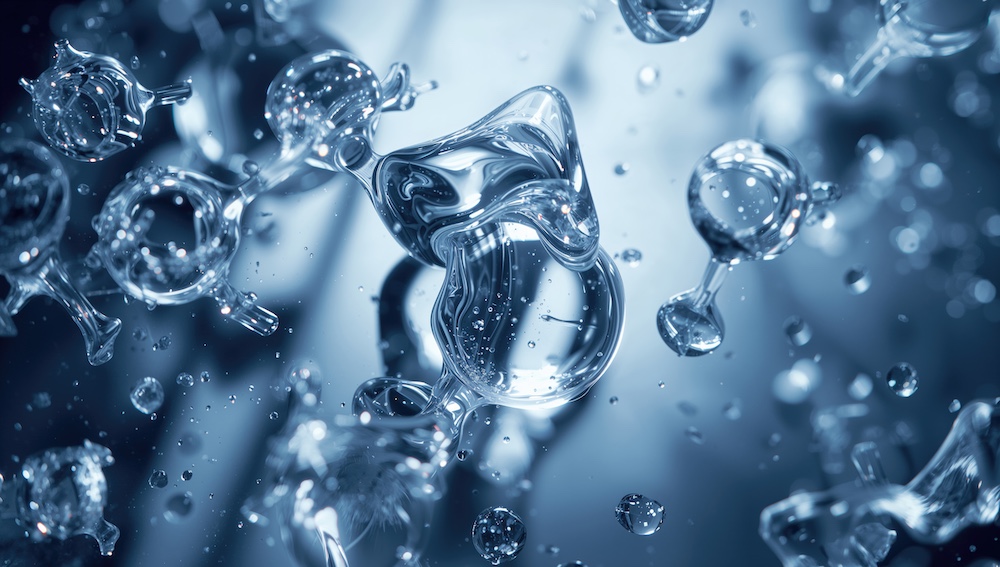
Water contamination causes 60-70% of unexplained ghost peaks in LC-MS.
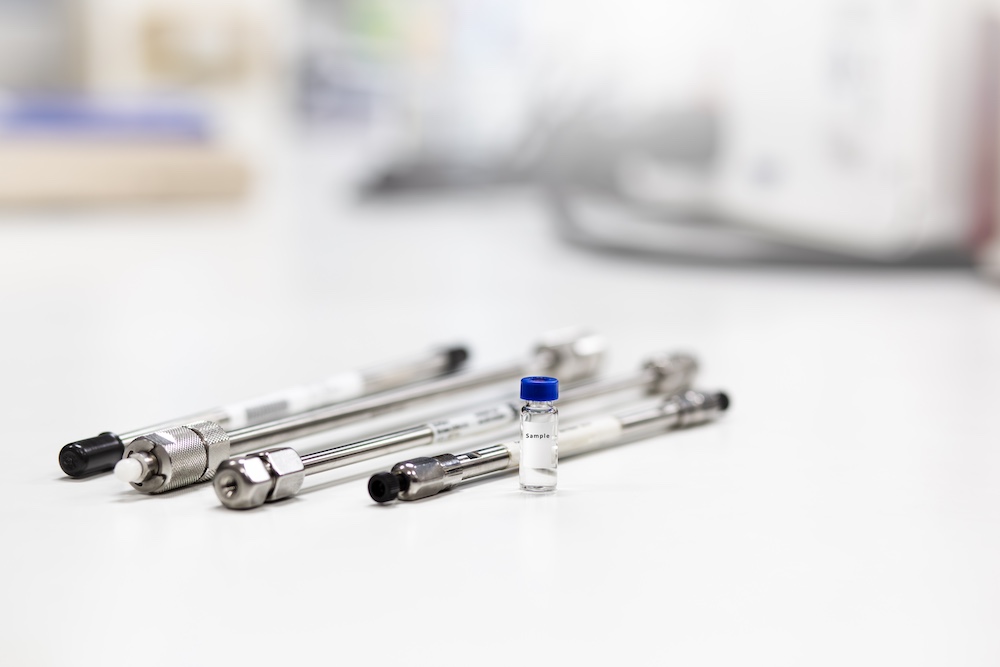
Your HPLC columns shouldn't fail after a few weeks. Under normal operating conditions, most reverse-phased C18 columns deliver stable performance for...
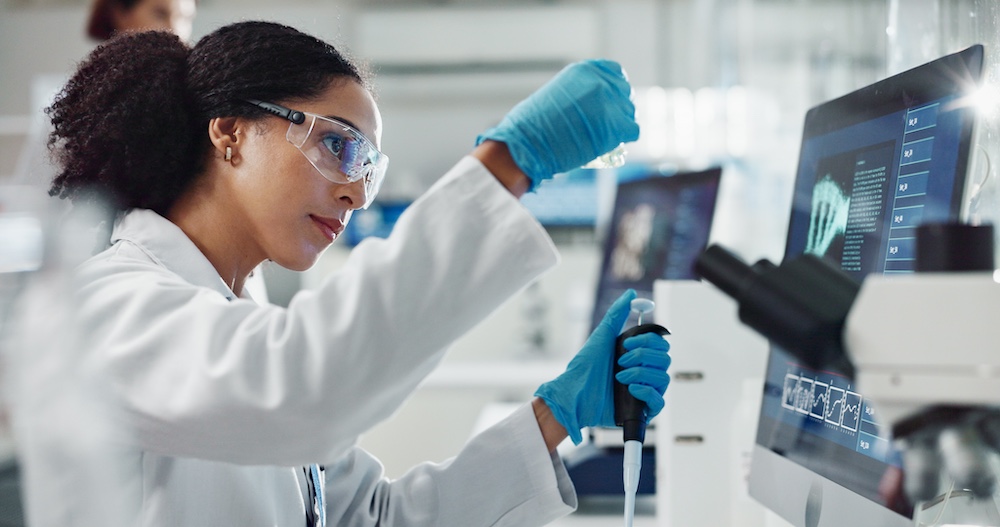
Ultrapure water (UPW) is like a lab's clean room, but in liquid form. At 18 MΩ-cm resistivity, Type I water isn't just "really clean"—it's so pure...

The Hidden Enemy in Your Chromatograms Ghost peaks are the analytical chemist's nightmare. They appear where they shouldn't. They make your data...
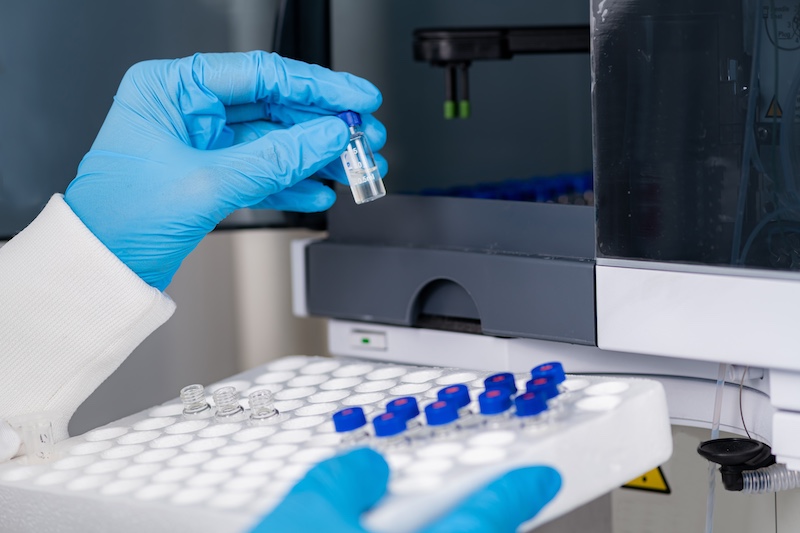
Your HPLC system is calibrated perfectly. Your columns are fresh. Your mobile phase is prepared with precision. Yet your results are inconsistent,...
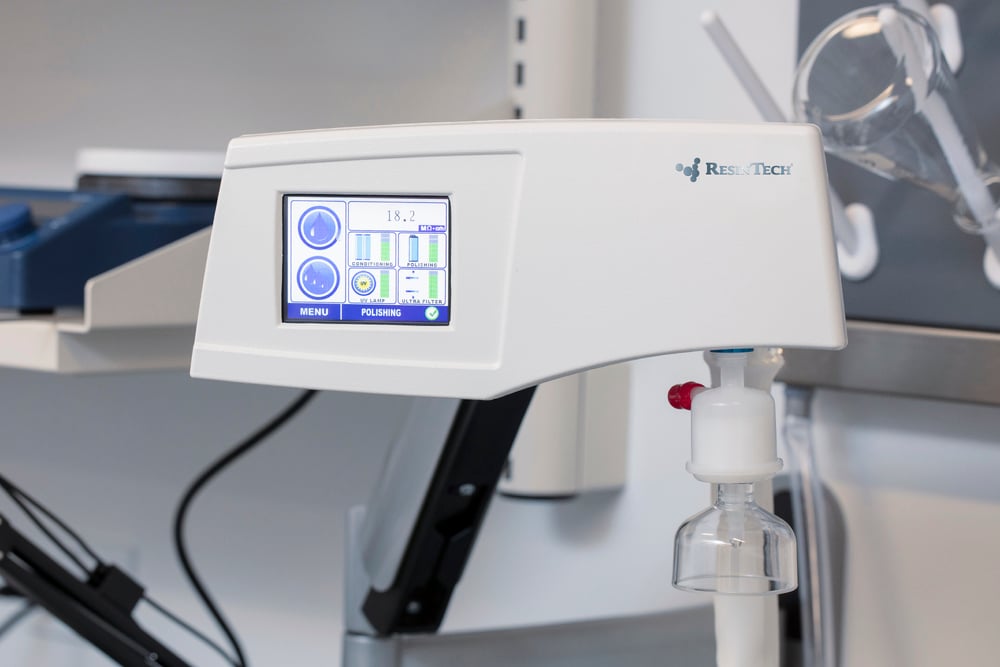
Ultrapure water systems are essential in labs performing high-precision work such as HPLC, molecular biology, and clinical diagnostics. These systems...